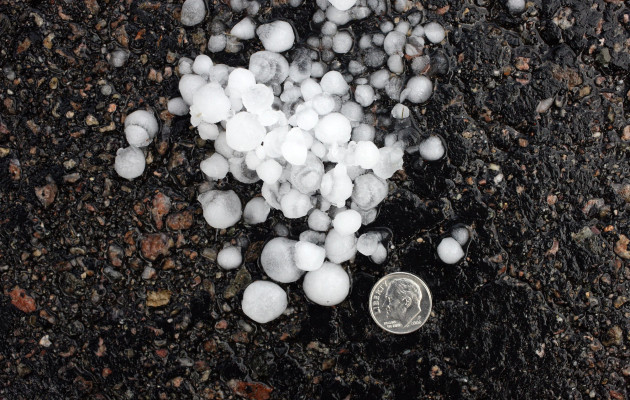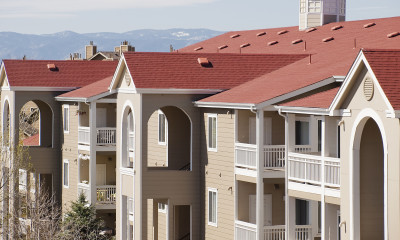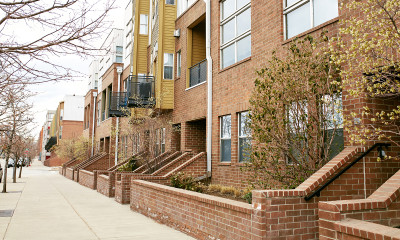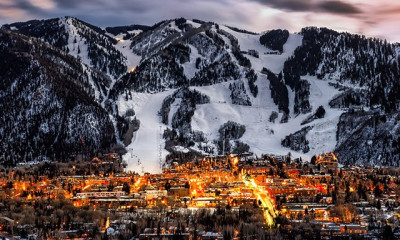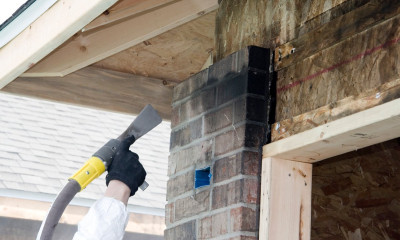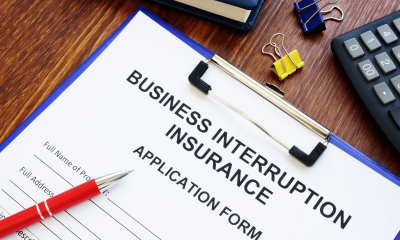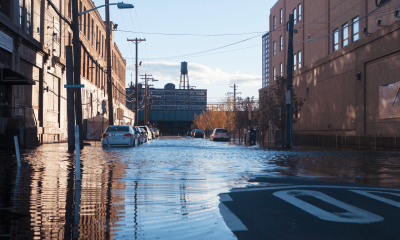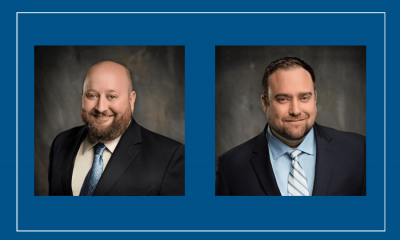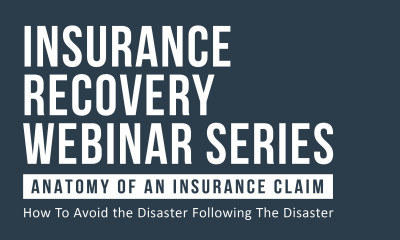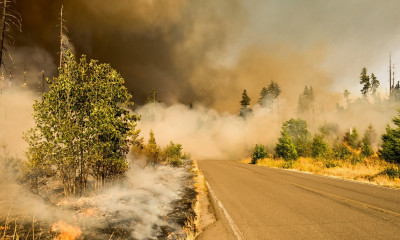How a Business Owner Can Navigate a Hail Damage Insurance Claim
Summer in Colorado brings sunshine and heat waves, but it can also mean mid-summer hailstorms that can destroy roofs and cause other significant building damage. Over the last 37 years, the public adjusters at Adjusters International/MBC (AI/MBC) have successfully helped countless business owners navigate hail damage insurance claims.
Here are a few tips to help business owners prepare for and recover from hail damage to their commercial property:
Types of Hail Damage
Hail damage to commercial properties ranges from dings and dents to cracks and punctures. The blemishes may not always be obvious, but hailstones can leave a physical imprint on landscaping, fencing, windows, and siding. Most commonly, damage from hail is found on the roof of a business. Even minor hail damage to a roof can harm the integrity of the building, resulting in expensive repairs. Rooftop air conditioning systems can also sustain damage from large hailstones. Most notably, buildings with aluminum cladding or storefronts can suffer extensive destruction from hail. Property items and building materials made of aluminum are often more difficult to repair than to replace, and the cost of replacement can add up quickly.
Hail Damage Insurance Coverage
Insurance policies can have blanket coverage for multiple buildings with either a certain percentage or a set dollar amount deductible for hail damage. Commercial insurance policies may also have layered coverage, known as a deductible buy-down. Layered coverage stacks additional policies on top of one another to lower deductibles for the policyholder. This type of coverage helps to avoid price fluctuations and can cover any possible gaps in a policy’s coverage. However, navigating the various thresholds within the layered coverage can be difficult. Having proper insurance coverage and a recovery team in place can ease the burden of preparing and filing a claim.
What To Do After a Hailstorm
After a large hailstorm, it is important to get the building’s exterior inspected by professionals and to notify the insurance carrier of any damage. Oftentimes, especially if the storm did not seem severe, business owners will not think to inspect the roof, only to discover damage from the storm months or years later. In these cases, the insurance company will deny the claim altogether because it was not notified in a timely manner or may even suggest the damage occurred during a previous storm, meaning it could be too late to file a claim.
To negate any suggestion from the insurance company that damage came from a previous storm, it is beneficial to conduct a roof inspection twice a year, regardless of any large storms. Mike Harrell, a public adjuster at AI/MBC, suggests the best times for roof inspections are May, right after the winter season, and October, once the summer hail season has died down.
How to Find a Roofing Contractor
While routine inspections are important, they beg the question: who is doing the inspecting? Business owners should seek to establish an ongoing relationship with a roofing company for biannual inspections and as needed after storms.
Reputable roofing contractors should be well-established and local to the area. If you hire a national roofing company, make sure it has many good references from work done in your area. During an inspection, the contractors should carefully document the condition of the roof and be able to patch any minor damage. Besides repairs, you will also have documentation of the undamaged condition of your roof over the years, which will make filing an insurance claim much easier.
It’s important to have an existing relationship with a roofing company, should a hailstorm occur so that you will not be hastily searching for a reputable company after the fact. Having an established relationship will also make it easier, should you ever need a full roof replacement.
Denied Hail Damage Claims
Insurance companies can be fickle when it comes to hail damage claims. As mentioned previously, claims are most often denied because the timing of notification is too long after the storm, or because the insurance company cites that the damage occurred from a previous storm.
Another reason claims can be denied is due to cosmetic exclusions in the insurance policy. The exclusion eliminates coverage for hail damage that is purely “cosmetic,” such as dents. However, even simple dings or dents to certain surfaces, such as roofs, can later cause major damage if not addressed.
Kalon deLuise, CEO of AI/MBC, says what appears to be just cosmetic damage can easily turn into functional damage over time. “Dents can hold water, making the roof corrode. Indentation can also stretch the metal in roofs, making it thinner and less structurally sound,” deLuise says. “Even something as simple as paint chipping off will remove that protective coating that prevents oxidation and can also lead to corroding.”
How Public Adjusters Can Help
Public adjusters like Mike Harrell and Kalon deLuise at AI/MBC have dealt with a multitude of hail damage claims and have years of experience handling the various nuances. Even extensive hail damage can sometimes go unseen, making it difficult and expensive to file an insurance claim later. Adding a public adjuster to your recovery team eases the burden of tackling the claim on your own, allowing you to focus on restoring operations.
AI/MBC is dedicated to helping business owners prepare for and recover quickly from whatever storms come their way.

